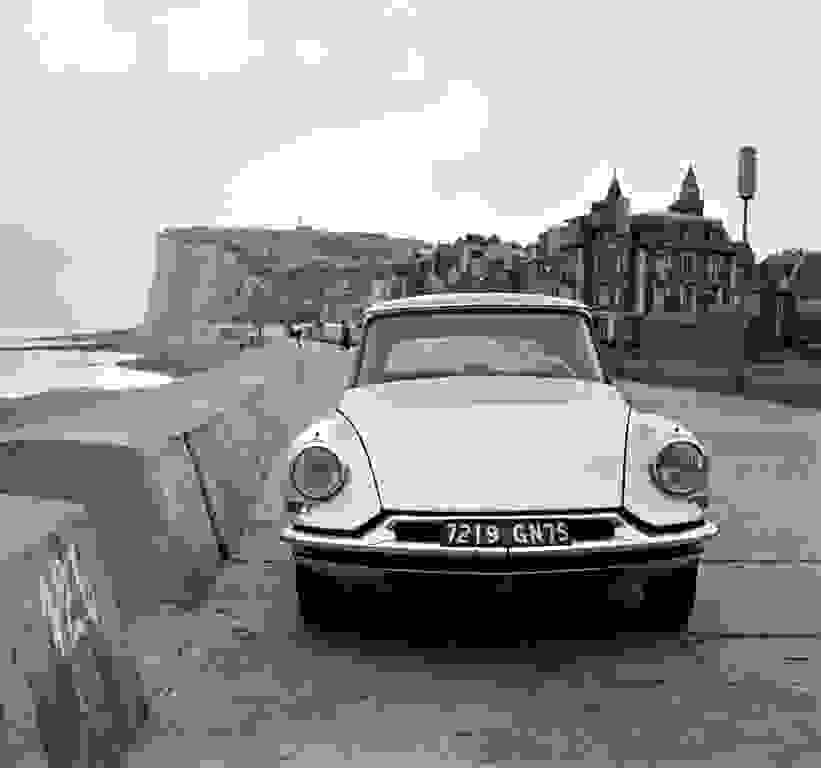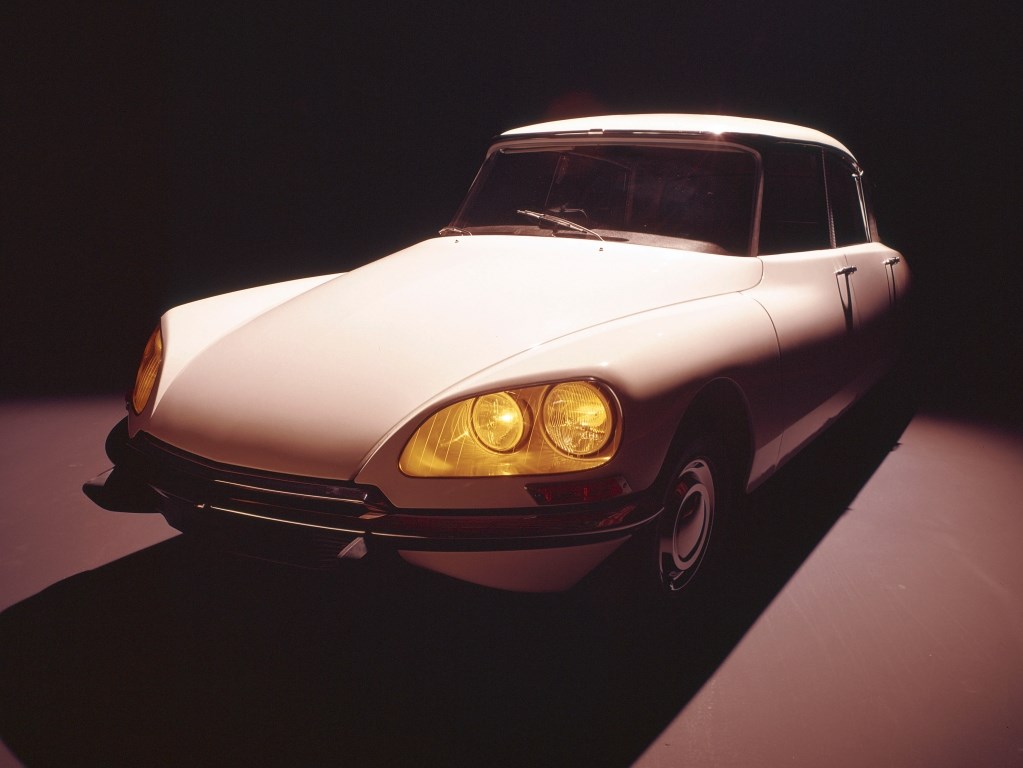
Regularly cited as one of the most important models in the history of the automobile, the Citroën DS has been turning heads since 1955 and it's far from over!
On 6 October 1955, the Paris Motor Show was a hive of activity. Citroën presented its new saloon car, the DS. On the brand's stand, it was proudly displayed on a turntable surrounded by protective barriers. Replacing the Traction Avant, it created amazement because its lines resembled no other car. Designed by the Franco-Italian sculptor Flaminio Bertoni and the engineers André Lefebvre and Paul Magès, it ushered Citroën into a new era of progress and supreme comfort. It is fair to say that the manufacturer with the chevrons had a lot of fun blurring the established automotive rules with a hydraulic suspension, power steering, a brake pedal in the shape of a rubber mushroom, a semi-automatic gearbox on the steering wheel, disc brakes at the front, seats as soft as marshmallows and a cabin worthy of a space shuttle. Only the engine disappointed, as it was derived from the Traction Avant, and its age made it stand out somewhat in this ensemble. However, 12,000 enthusiasts signed an order form on the first day!

Long career
After a complicated start due to a few teething problems, the DS was a great success and its modernity gradually became accepted. It was soon available in a more stripped-down version called the ID, as well as an estate car and even a cabriolet. A symbol of the "Thirty Glorious Years", it was even adopted by General de Gaulle, as his favoured mode of transport. Over the years, the DS evolved. Mechanically first, with increases in engine capacity to 2.3 litres and a gearbox that gained a 5th gear. Unfortunately, the car was never equipped with engines larger than 4 cylinders, although alternatives (V8 in particular) were considered for a time. In 1967, the DS introduced a redesigned front end, with double headlights under glass. Their particularity was that they turn in the direction of the wheels, which is obviously a plus for night-time visibility. Until 1975, when it was replaced by the CX, the DS sold 1,455,746 units, most of which were manufactured in France. In 2010, the DS name was resurrected to designate a new range of resolutely "designer" vehicles, but that's another story...

Complex
Driving a DS is not as easy as it seems because the car had a long development history and there are many different versions: it is therefore imperative to know it well before considering a purchase because the differences in value are enormous. The real DS's are the most sought after, with a special interest in the first models and the latest ones equipped with electronic injection. The more stripped down IDs are a little cheaper, but more expensive than the 'economy' versions, the D Special and D Super 5. The station wagons are particularly sought after in the Netherlands and the convertibles, if they are original, are almost untouchable, as are the DS modified by the coachbuilder Chapron. The number one problem with the DS is corrosion: this car rusts everywhere except its plastic parts! Technically quite complex, it does not tolerate anything that is not quite right. A simple leak in the hydraulic system can lead to its immobilization. To be reserved for informed collectors, the French car is not cheap. For a nice car that can be driven, you need to budget at least R265,000 - R350,000. Well-restored cars can easily reach R1 million, as it is extremely expensive to carry out such work. As for convertibles, don't expect anything under R1.8 million. The "goddess" of the road makes you pay for her uniqueness...























